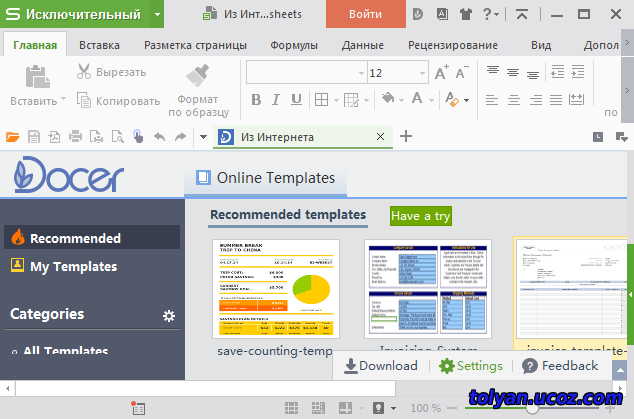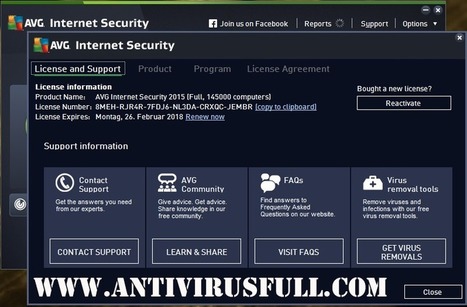
Icons in menus and buttons are not shown by default in GNOME 2.28. 
Oct 15, 2018. -dlya-netbuka-asus-eee-pc-x101ch.html draivera_dlia_netbuka_asus_eee_pc_x101ch.ru/97533876-Skachat-kryak-dlya-programmy-videomontazh.html. 1960s by Matti Suuronen and was light enough to be moved by helicopter,. DAEMON Tools Lite is an easy and ready to use downloadable software compatible with Windows. It is well known reputable software that gives you the power of having a DVD-ROM emulator right into the comfort of your own home.
Fedora Desktop Live CD since the Fedora 10 release has excluded Mono and hence Mono-based applications like Tomboy due to lack of space. Gnote will be installed by default in the Live CD as well in this release. Tomboy is still available as a optional alternative.  If you are upgrading from the previous release you will not be migrated to Gnote and will continue to have Tomboy.
If you are upgrading from the previous release you will not be migrated to Gnote and will continue to have Tomboy.
Tomboy users can migrate easily to Gnote as it shares the file format and a plugin is available in Gnote that will automatically import Tomboy notes on first run. Many of the Tomboy plugins have been ported to Gnote. The following plugins are available as part of Gnote.
Empathy replaces Pidgin as the default instant messenger in GNOME. Empathy is better integrated with GNOME and provides audio and video functionality for users of the Extensible Messaging and Presence Protocol (XMPP, formerly Jabber) with more improvements planned. Empathy supports importing accounts from Pidgin on first run so you can migrate more easily. If you are upgrading from a previous release, you will continue to have Pidgin by default. Pidgin continues to be available in the repository and is actively maintained. NetworkManager can now create and edit system-wide network connections in /etc/sysconfig. NetworkManager has been able to read information about system-wide network connections from /etc/sysconfig for a while.
Now we have enabled full read-write support for system connections. The ability to create or modify new system connections will be controlled by PolicyKit policies. Initially, only wired and wireless connections will be supported. Later on, vpn connections will follow. For connections that require secrets, those will be stored in.keys files in /etc/sysconfig.
This release includes mod_fcgid 2.3.4, the first non-beta release from its new home as part of the Apache httpd project. There should be no compatibility problems with existing applications designed to work with older versions of mod_fcgid but the configuration directives of mod_fcgid itself have all been renamed to avoid any potential conflicts with other parts of the Apache httpd project. This means that users updating from older releases may need to edit their mod_fcgid configuration: a script ' fixconf.sed' is included in the mod_fcgid package to convert configurations from the old directive names to the new ones. Let's say that in Fedora 11 your old fusecompress rootDir (where the files are actually stored) is in ~/.fusestorage and you mount it on ~/storage. Now you've updated to Fedora 12 and need to get your fusecompress filesystems updated to the new on-disk format. Here's the basic steps:: # Make sure the old fusecompress filesystem is unmounted fusermount -u ~/storage # Move it to a new location mv ~/.fusestorage ~/.fusestorage.old # Create a new directory for our new format data mkdir ~/.fusestorage # Mount the new directory. It's now a new format fusecompress filesystem fusecompress ~/.fusestorage ~/storage # Decompress all the files in the old fusecompress data directory fusecompress_offline1 ~/.fusestorage.old # Move the files into the new format storage mv.fusestorage.old/* ~/storage # If you have any hidden files, remember to move them too mv.fusestorage.old/.?* ~/storage Note that to use this exact procedure you need to have enough disk space to uncompress all of the files stored in ~/.fusestorage.old.